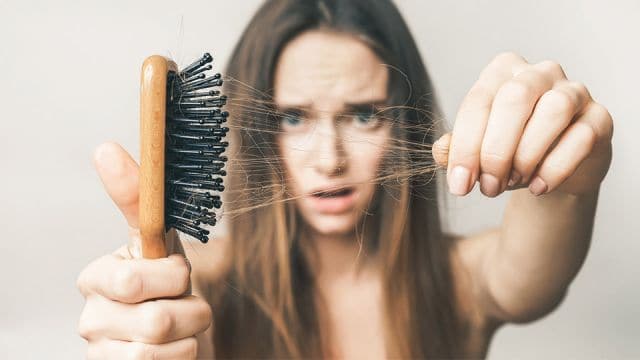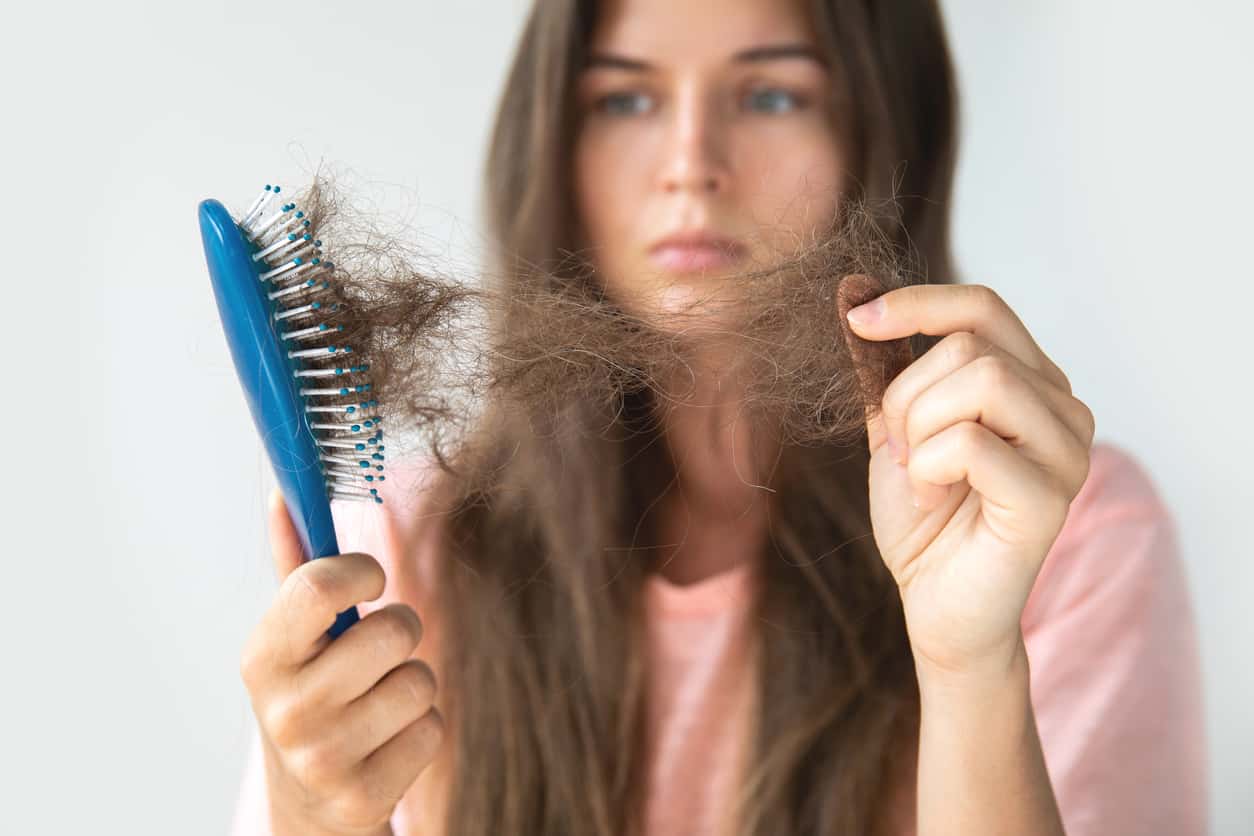
It is totally normal to lose some hair every day. But when you lose a lot of hair, it can be hard to find out what causes hair loss, particularly in females.
Most of the time, mild hair loss is only a sign that new, healthier ones are forming in your body to replace the old. In fact, it is entirely common to lose up to 100 strands per day. It’s a good idea to actually pay attention to what you usually see in your brush or shower drain if you’re not sure what’s normal for you. In case you have started to notice that your hair is falling a lot more, or your ponytail is thinner or you’re seeing more scalp, then you may be losing more hair than you should.
Here are some of the most common causes for women’s hair loss.
- Nutritional deficiencies: Building and keeping healthy hair depends on having good nutrition. Deficiencies in iron, zinc, vitamin B3 (niacin), and protein have all been related to different forms of hair loss in particular. Treating a nutritional deficiency usually begins with a doctor’s consultation and a blood test to identify the condition correctly.

- Emotional or Physical Stress: You may experience a temporary halt in hair growth when you experience something upsetting or traumatic, not your normal day-to-day stress, but something big and life-altering like a divorce, a death in the family, a major job shift, or a big step, as your body puts its energy to get you through the big event. This method of hair shedding is usually temporary. But if it bothers you, check in to learn more about style adjustments with a dermatologist and items that you can use to make your hair look and feel fuller.
- Genetics: We generally go directly to male pattern baldness when we think about genetic hair loss. Yet individuals of both sexes are vulnerable to genetic hair loss. In women, hair loss is typically concentrated on the head crown (particularly noticeable on the part of the hair), while it is more likely to affect men along the hairline. While this form of hair loss cannot be completely avoided, medications, such as over-the-counter minoxidil or finasteride, are available that can slow it down and make hair stay fuller longer. But the earlier you start treatment, the better.
- Changes in Birth Control Hormones: Hormone-induced shedding may also be caused by going off hormonal birth control or moving to a different form of hormonal contraception. This is another type of telogen effluvium, which means that it is typically temporary. While you wait for your hair to recover its fullness, you can focus on volumizing items and styling tricks.

- Dandruff or other scalp related problems: It’s obviously tempting to scratch it when the skin on the scalp is inflamed and itchy. That might cause your hair to shed more than normal, though. The most easily handled cause of hair loss is dandruff, because you can treat it with products that are over-the-counter. Other conditions may also cause itchyness and scalp flaking, including seborrheic dermatitis (a more severe version of dandruff caused by yeast and oil build-up) and psoriasis (an autoimmune condition that causes thick patches of skin). Treating these problems may take more time and effort than dandruff, so if you think you may be dealing with one of these disorders, it is important to check in with a dermatologist.
Kritika is a freelance content writer with Femsay.com

